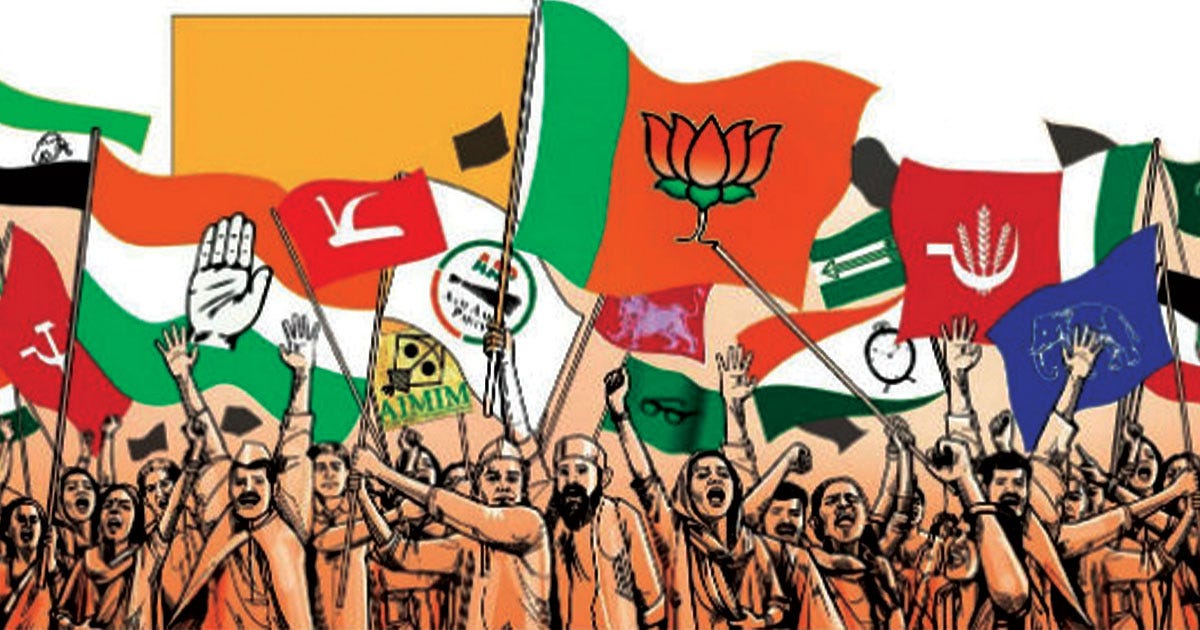Navigating the Complexities of Indian Politics: Insights and Analysis info
Introduction: Indian politics is a vibrant tapestry of democracy, diversity, and dynamic governance, shaped by a rich tapestry of history, culture, and socio-economic factors. As the world's largest democracy, India's political landscape is marked by a multitude of parties, ideologies, and regional dynamics, making it a fascinating subject of study and analysis. In this exploration, we delve into the intricacies of Indian politics, examining key players, issues, and trends that define the nation's democratic journey.
Historical Context:
-
Legacy of Independence: India's political landscape was profoundly shaped by its struggle for independence from British colonial rule. The freedom movement, led by iconic figures such as Mahatma Gandhi, Jawaharlal Nehru, and Sardar Vallabhbhai Patel, laid the foundation for India's democratic principles and institutions.
-
Constitutional Framework: The adoption of the Indian Constitution in 1950 established India as a sovereign, socialist, secular, and democratic republic, outlining the rights, duties, and governance structures that guide the nation's political system.
Key Players and Parties:
-
The Indian National Congress: Founded in 1885, the Indian National Congress (INC) played a pivotal role in India's independence movement and emerged as the dominant political party in the early decades of independent India. It has been a key player in shaping India's political landscape.
-
Bharatiya Janata Party (BJP): Established in 1980, the Bharatiya Janata Party (BJP) espouses the ideology of Hindu nationalism and has emerged as a prominent force in Indian politics, advocating for economic reforms, national security, and cultural identity.
-
Regional Parties: India's political landscape is also characterized by the presence of numerous regional parties that represent the diverse linguistic, cultural, and regional identities of different states. These parties play a crucial role in shaping coalition politics and governance at the state and national levels.
Key Issues and Debates:
-
Economic Development: India grapples with the challenge of achieving inclusive and sustainable economic growth, addressing disparities in income, infrastructure, and access to basic services, and fostering entrepreneurship and job creation.
-
Social Justice: Issues of social justice, including caste discrimination, gender inequality, and religious harmony, remain central to India's political discourse, prompting debates on affirmative action, reservation policies, and social welfare programs.
-
National Security: India faces complex security challenges, including cross-border terrorism, border disputes, and geopolitical tensions. The government's approach to national security, defense modernization, and diplomatic relations is a subject of intense political debate.
Trends and Developments:
-
Digital Transformation: The proliferation of digital technologies and social media platforms has transformed political communication, grassroots mobilization, and voter engagement, shaping electoral campaigns and public discourse.
-
Youth Engagement: India's young demographic profile, with a significant portion of the population under the age of 35, is increasingly influencing political dynamics, with youth-led movements, activism, and participation in electoral politics gaining prominence.
Conclusion: Indian politics is a dynamic and multifaceted arena, shaped by historical legacies, ideological debates, and socio-economic realities. As India continues its democratic journey, navigating the complexities of governance, development, and social justice, it remains a vibrant laboratory of democracy, where diverse voices, aspirations, and ideologies converge to shape the nation's destiny.
